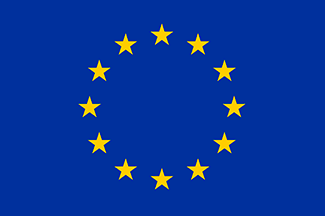
My project focuses on the legal implications of Arctic indigenous sovereignty as it relates to the politics of Arctic extractive industries and Arctic governance. This includes relations between policy makers, private industry and indigenous communities. From a theoretical perspective this project uses transnational legal theory including legal pluralism, post-sovereign resource management, hybrid law, soft law and the legal intersection between public, private and collective authority in order to account for the legal inadequacies in accommodating for indigenous groups and indigenous communities in the formal parameters of Arctic governance and policy making. This includes the incorporation of emerging notions of indigenous peoples as ‘rights holders’ rather than stakeholders. My aim is to find new approaches of non-renewable resource management in the Arctic which go beyond traditional top down, inter-state policy making. At the regional political level, the Arctic Council’s 6 indigenous permanent participants further risk to lose their existing power to help govern the Arctic with the incorporation of China, India, Italy, Japan, and the Republic of Korea as new permanent observers to the Council. As an AIAS scholar, I will work with the Arctic Research Centre as well as legal scholars in the INTRALaw Center (AU) who focus their research on ‘the New Legal Frontiers for the Arctic Regime’. Together we will examine Arctic governance and policy as an example of a pluralistic order characterized by a multi-level system of norms created by multiple actors beyond the traditional notion of a legal system.
Project title:
Transnational Legal Spaces and the Arctic: Inuit community-based monitoring and regional Arctic resource governance – shall the twain meet?
Area of research:
Juridical Sciences
Fellowship period:
1 Oct 2014 – 30 Sep 2017
Fellowship type:
AIAS-COFUND Marie Skłodowska-Curie fellow

This fellowship has received funding from the European Union’s Seventh Framework Programme for research, technological development and demonstration under the Marie Skłodowska-Curie grant agreement No 609033 and The Aarhus University Research Foundation.

